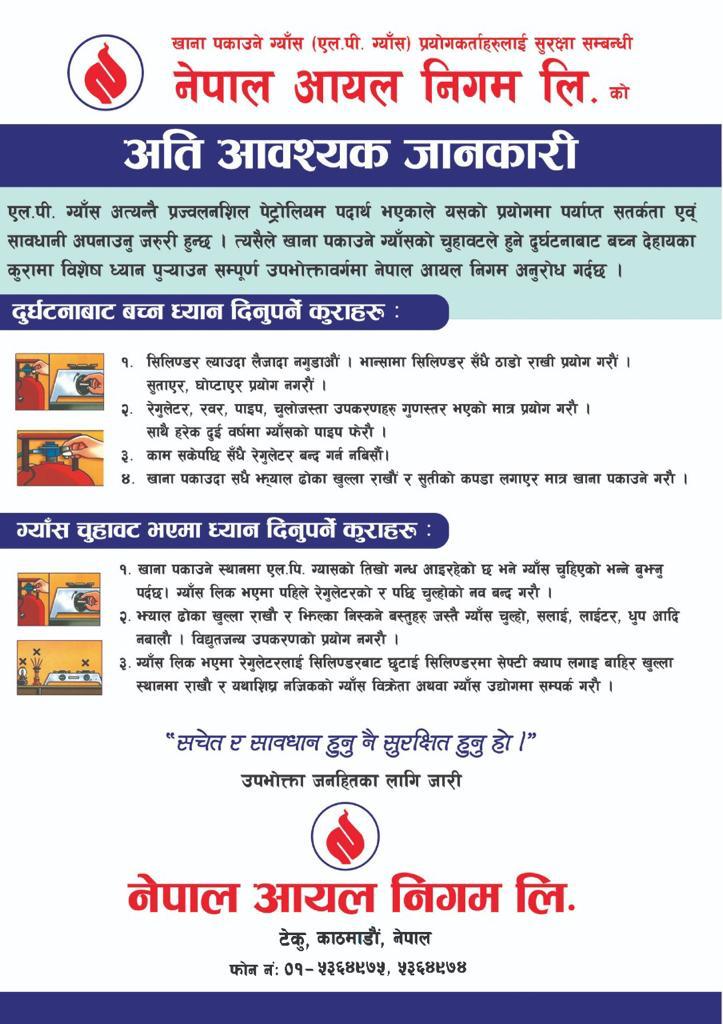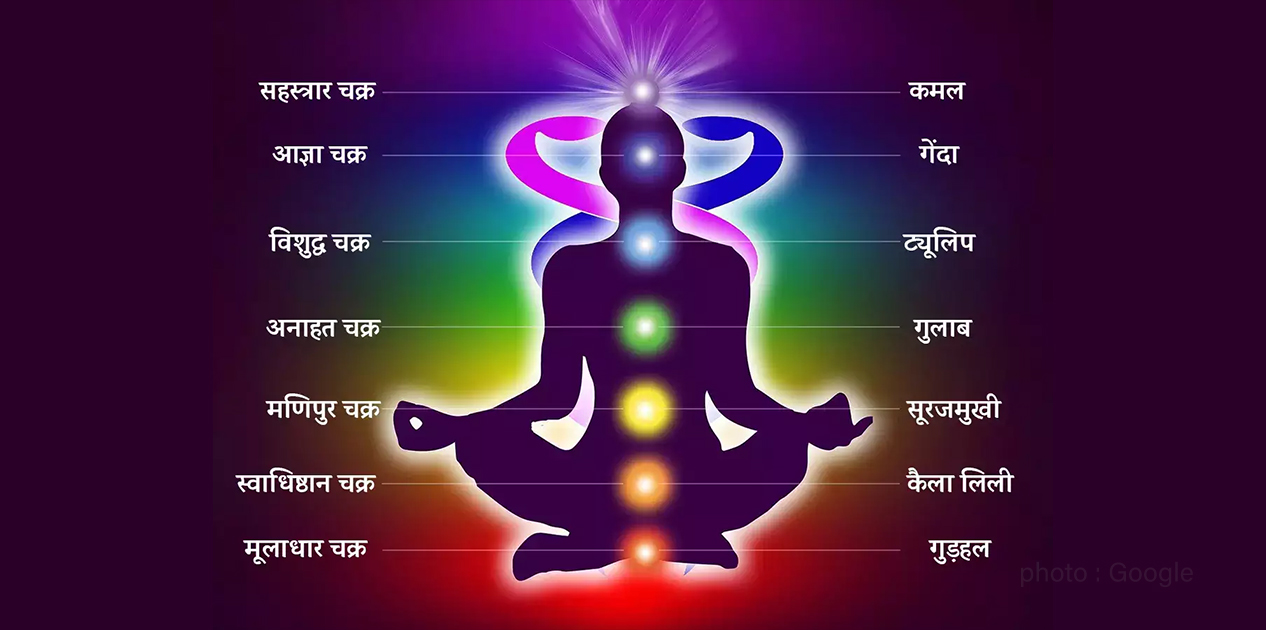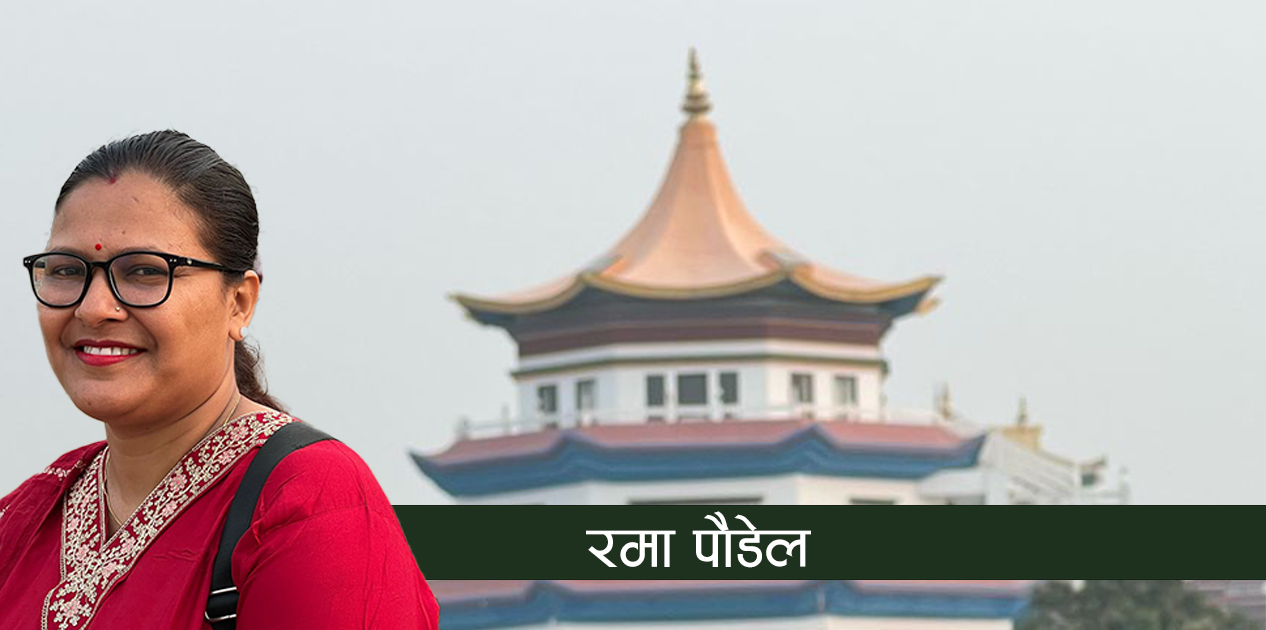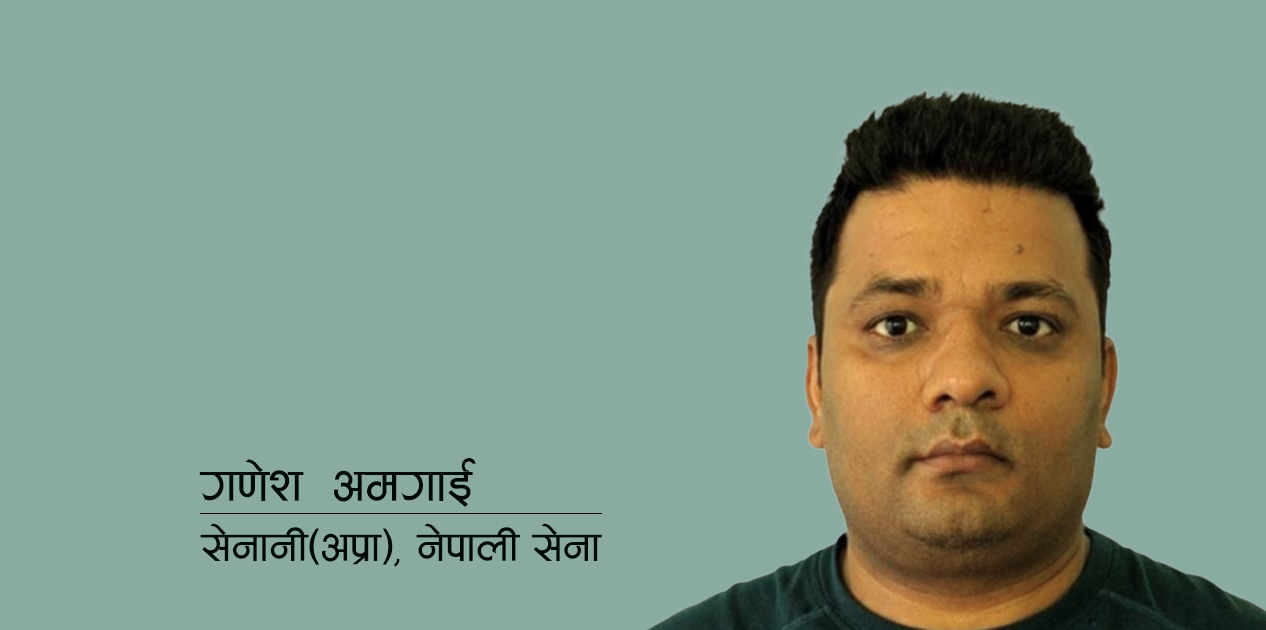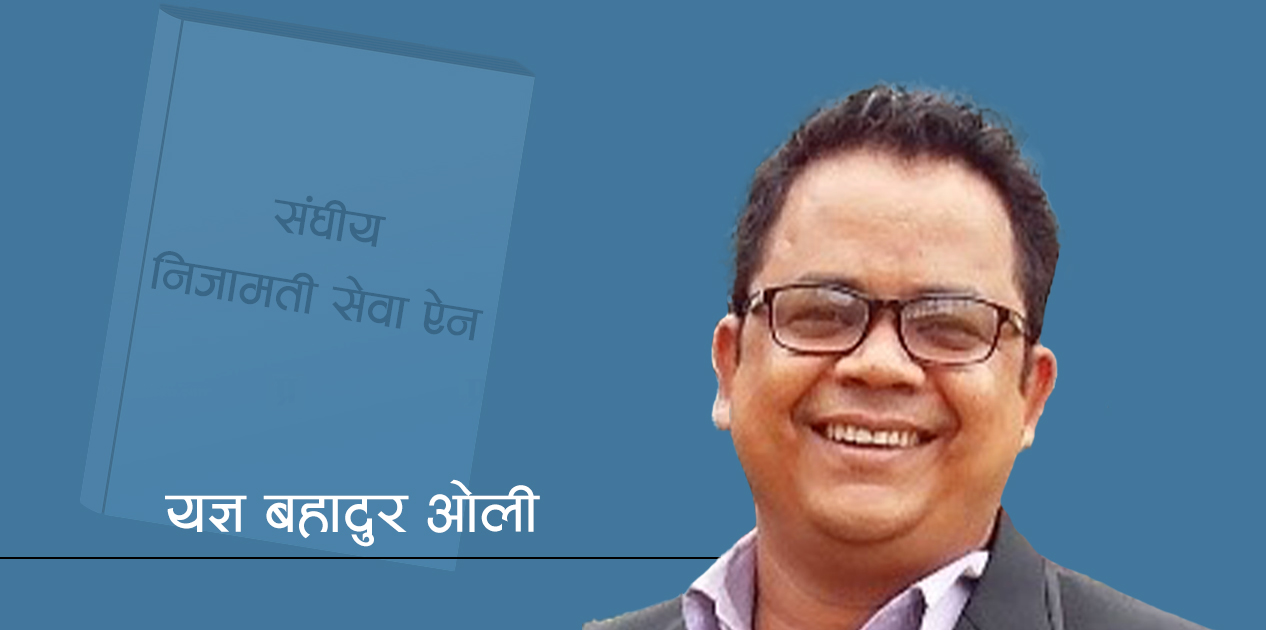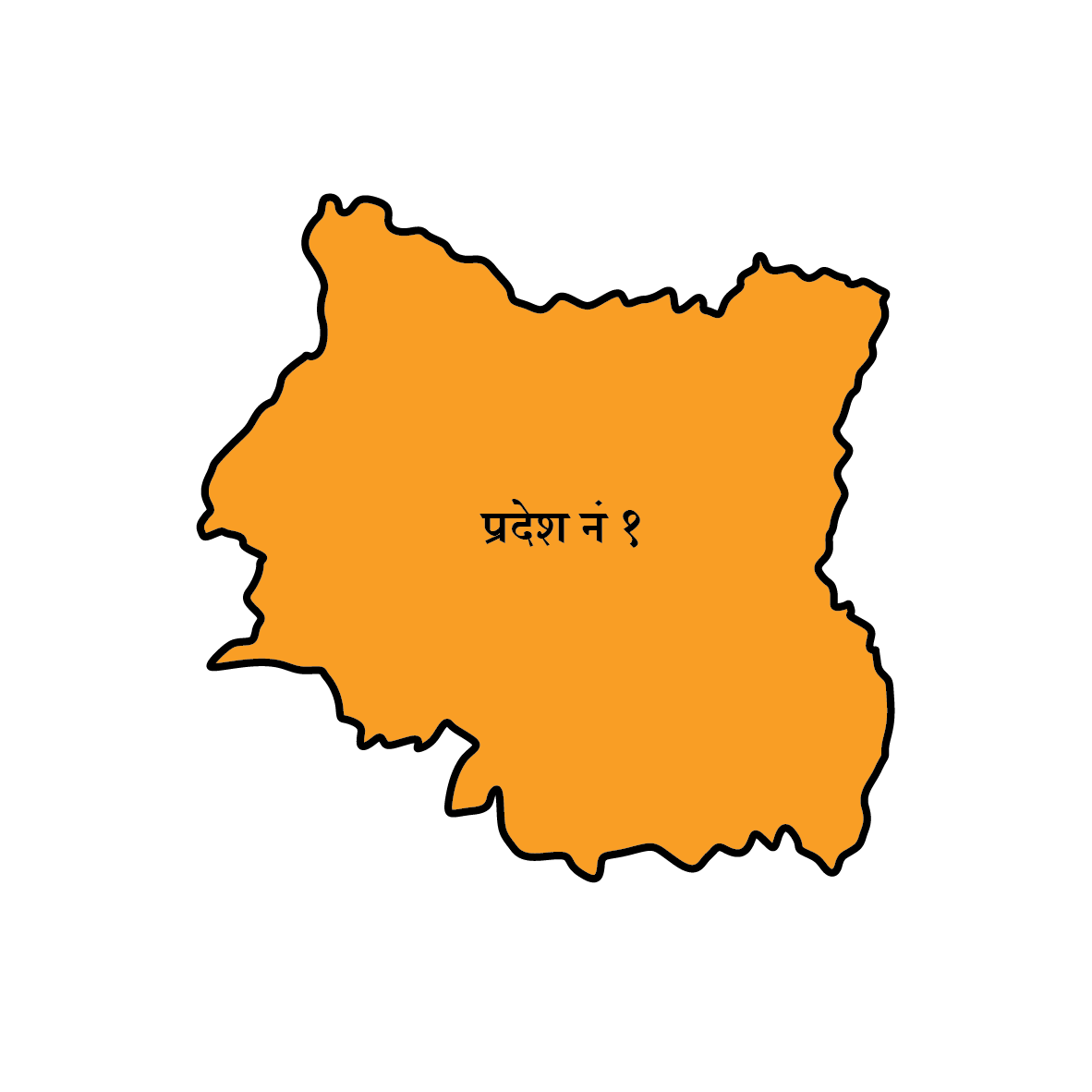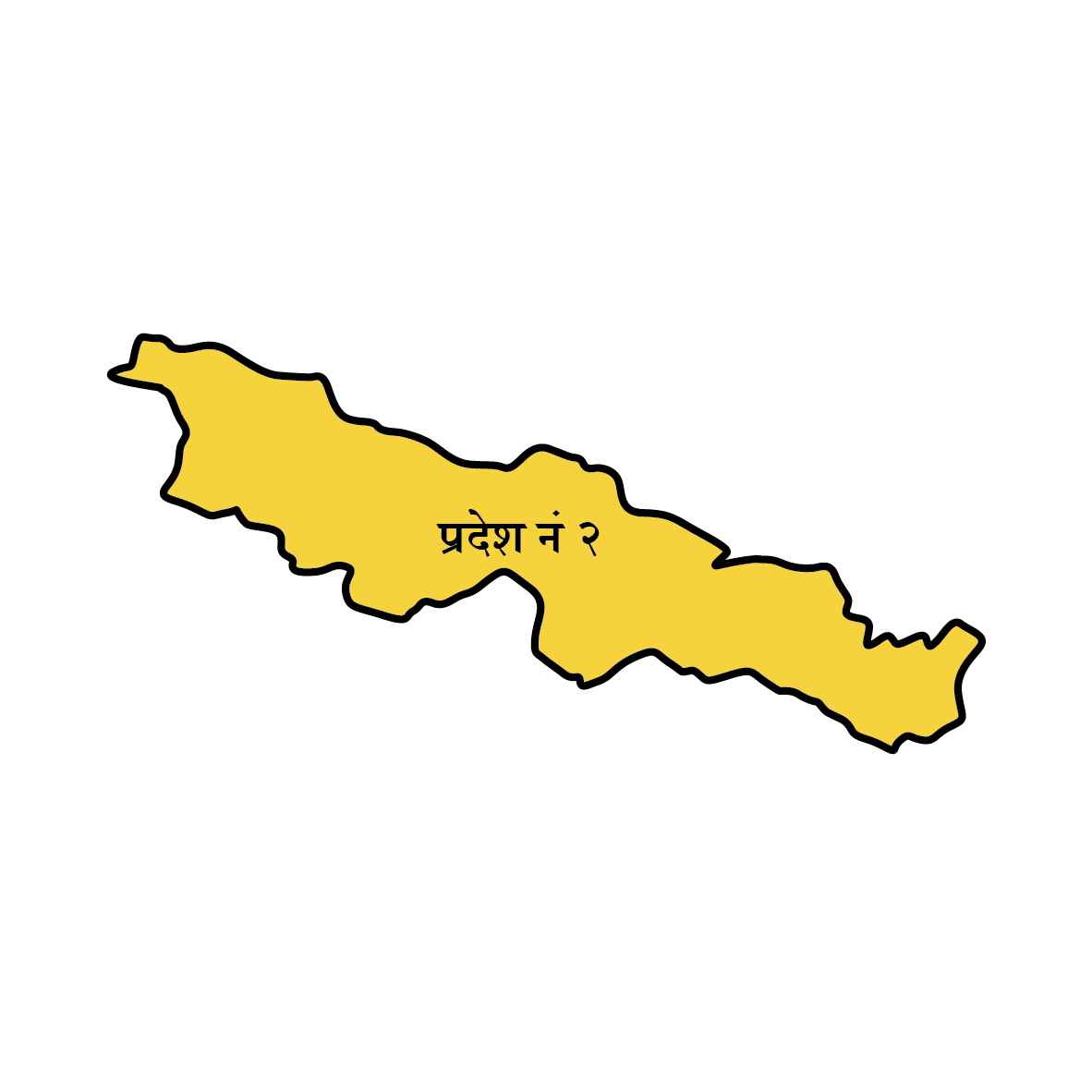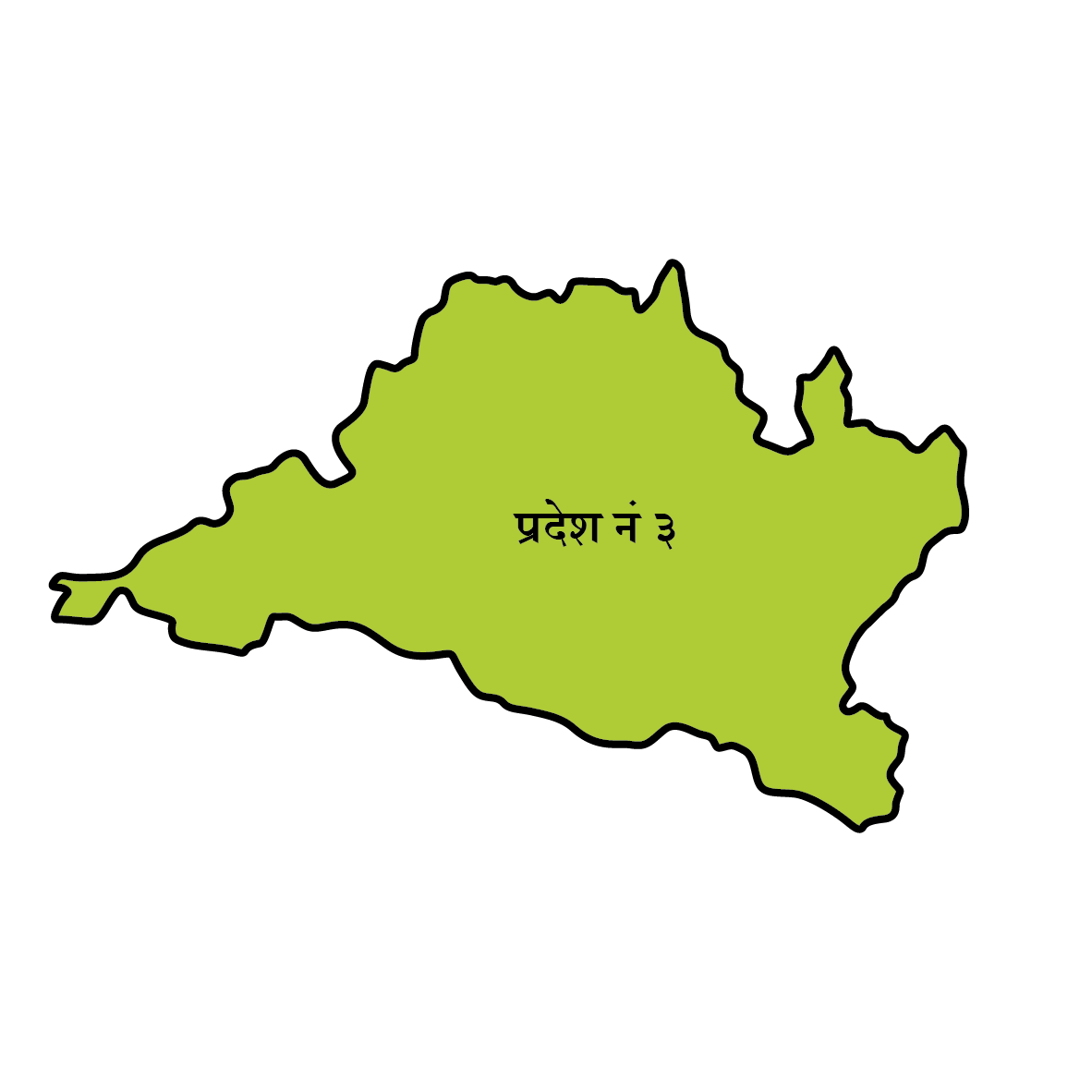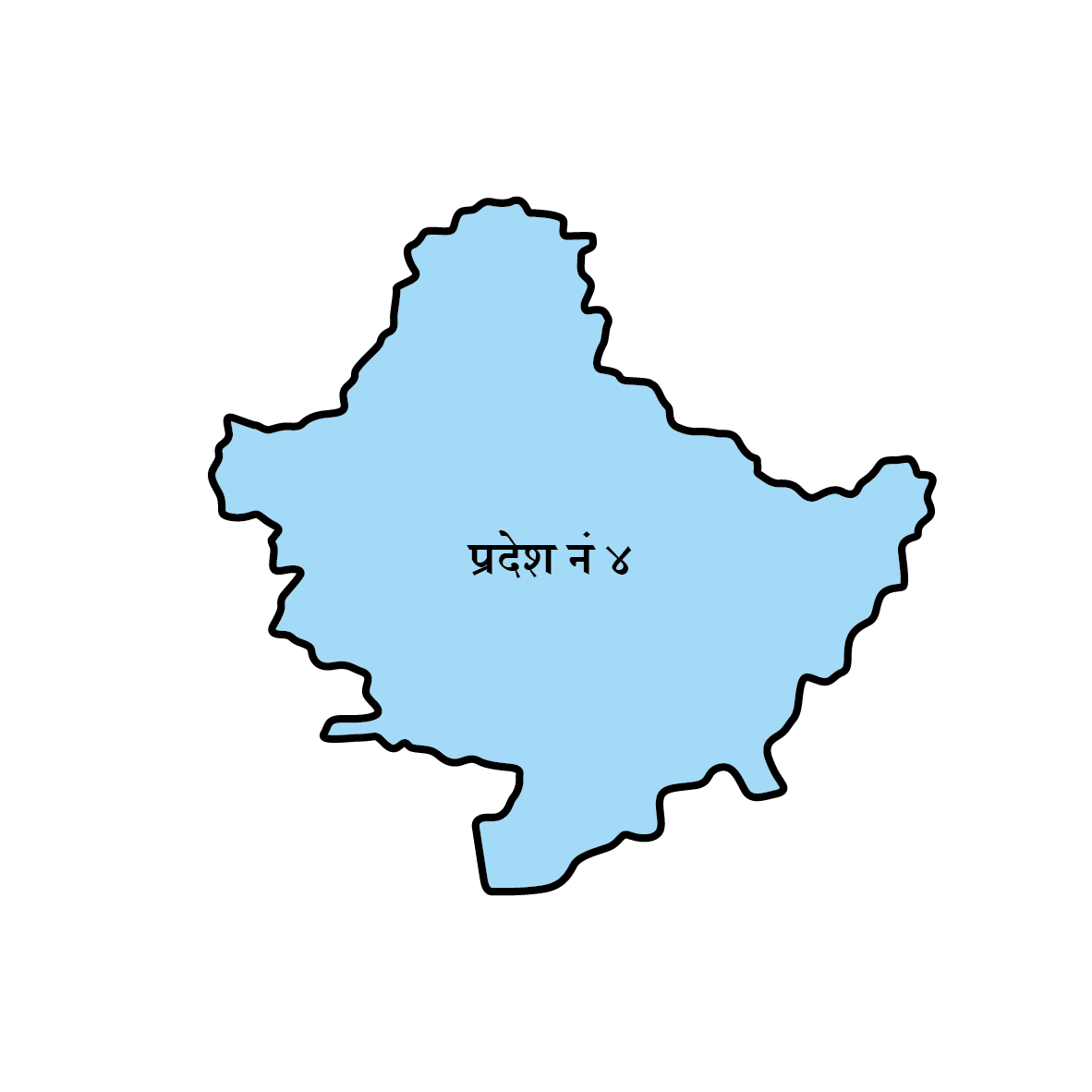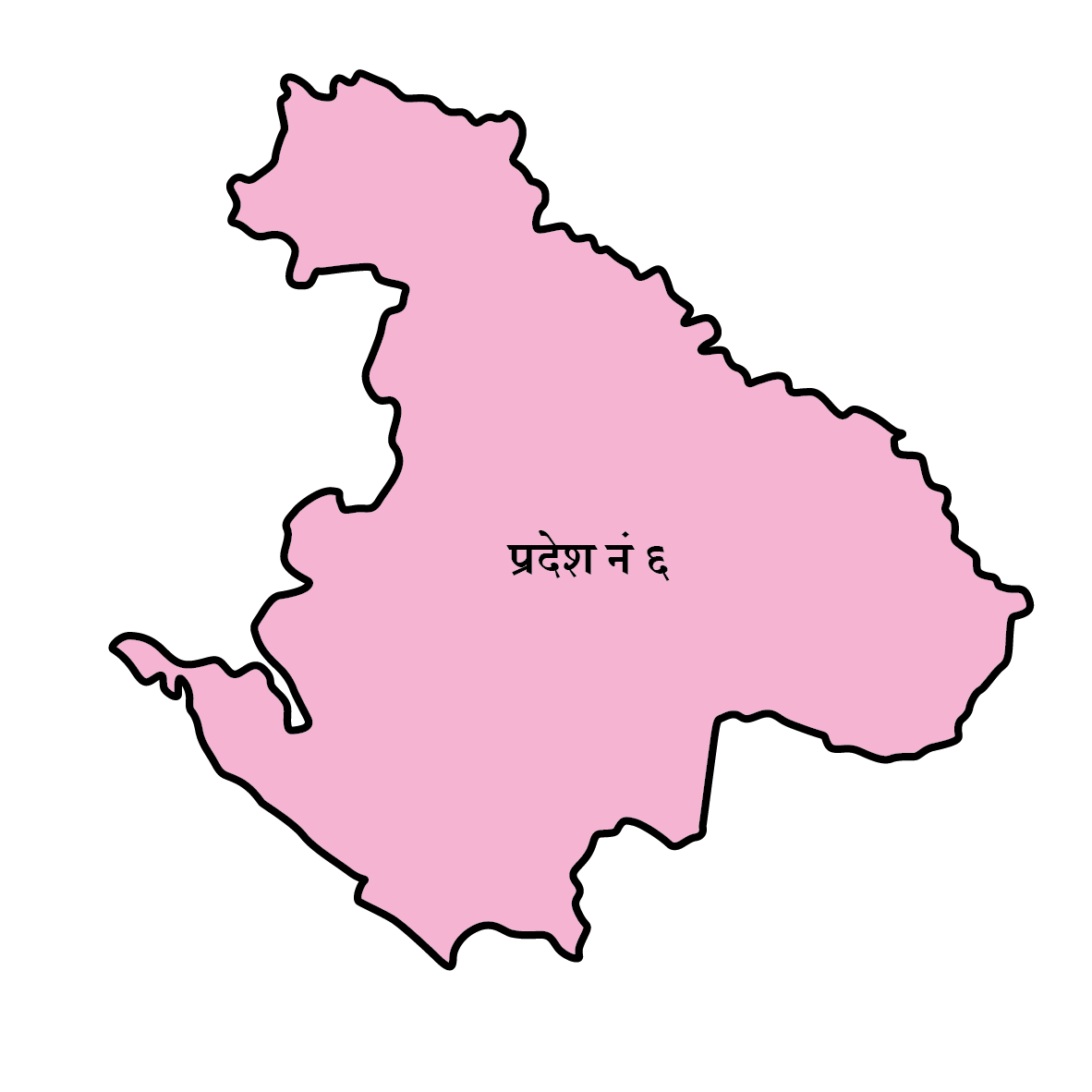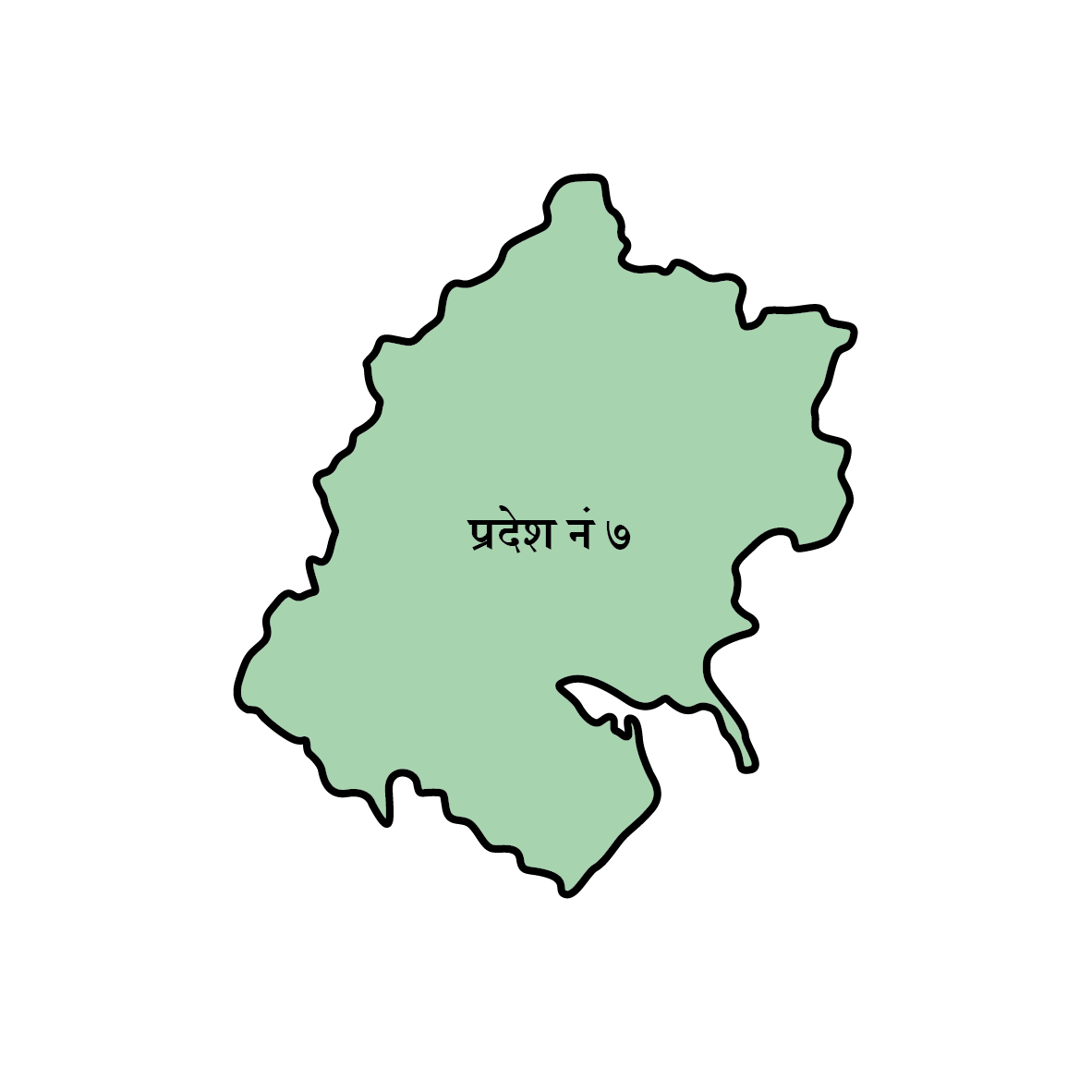The World Bank Nepal, in coordination with the Ministry of Home Affairs, organized the South-South Knowledge Exchange Program in Pakistan from October 19 to 31, 2024. This program aimed to facilitate the exchange of experiences and learning between disaster management officials from both countries on (i) Integrated Emergency Response Systems, (ii) Disaster Risk Financing, and (iii) Post-Disaster Reconstruction and Rehabilitation. Additionally, various events, including the International Search and Rescue Advisory Group (INSARAG) and International Rescue Challenge, were scheduled for Nepal’s participation.
A ten-member delegation from Nepal participated in various programs during the visit. The study visit was divided into two groups based on thematic areas of disaster preparedness and post-disaster restoration. Considering it worth sharing and draw attention of policy makers here is what we learnt and how Nepal can further fix the gaps in overall Disaster Management framework.
Nepal and Pakistan, both located in South Asia, share similar geographical vulnerabilities, including earthquake-prone regions, landslides, floods, and glacial melt-related disasters. While Nepal has made significant strides in disaster preparedness, our recent visit to Pakistan’s Disaster Management Authorities and interactions with the officials, onsite visits of reconstruction areas in Sindh Province highlighted some of the advanced strategies, systems, and integrated practices in Pakistan’s disaster management approach. These observations provide actionable lessons that Nepal can consider for enhancing its own disaster resilience and response mechanisms.
Overview of Pakistan’s Disaster Management System
Pakistan’s disaster management system has evolved over the years, largely due to its experience with recurring natural disasters, from the 2005 earthquake to major floods and landslides in Sindh Province in 2022. Key components of Pakistan’s system include the National Disaster Management Authority (NDMA), a well-equipped National Emergency Operation Center (NEOC), Nat-Cat Model for disaster risk minimizing and financing NDRMF, PDMAs, and the highly effective 1122 integrated emergency response system, which serves as a model for quick and coordinated disaster response. During our visit, we observed an international rescue challenge and witnessed Pakistan’s commitment to emergency preparedness through regular training, exercises, and inter-agency coordination.
Key Lessons for Nepal from Pakistan’s Disaster Management Practices
- Integrated Emergency Response System: The 1122 Model
Pakistan’s 1122 service, particularly in Punjab, is an integrated emergency response system designed to handle medical, fire, and rescue emergencies. This system, coordinated across police, fire services, and medical teams, ensures a swift response to incidents through a centralized command structure. The efficiency of the 1122 system was evident in the International Rescue Challenge we observed, where various emergency teams demonstrated their skills in coordinated response.
Nepal could benefit immensely from a similar centralized, all-hazards emergency number that integrates medical, fire, and police response services. An emergency response system modeled after Pakistan’s 1122 could reduce response times, improve coordination, and ensure timely assistance during crises. A pilot project in Kathmandu, possibly expanding nationwide, could be a valuable first step. - Implementing a Clear National Framework for Disaster Management
Disaster management should be a top national priority. Disasters not only dismantle progress in infrastructure and human development but also push the country and its citizens towards persistent poverty. Therefore, protecting citizens from disaster risks should be the state’s foremost duty. Effective disaster management investments contribute to prosperity and development.
Efficiency of NDMA and PDMAs (Provincial Disaster Management Authorities):
Pakistan’s NDMA and PDMAs operate free from policy ambiguity, and their activities are well-coordinated. NDMA provides policy-making, guidance, and resource mobilization, which operates under the National Disaster Management Council (NDMC) headed by the Prime minister and working under prime minister’s office, while PDMAs are the main body for managing disasters within its province.
We have NDRRMA in federal level which is working under the ministry of home affairs, which has faced wide criticism in regards to policy ambiguity, operational autonomy and capacity just being limited as a section of the ministry. We also lack of working Arms in Provincial level to manage moderate level of disasters in the region. Unless we end the ambiguity among our agencies and make them more autonomous and resourceful we would not be able to manage and cope up with future disasters. - The Importance and Necessity of an Emergency Operations Center (EOC)
Pakistan’s NEOC and provincial EOCs ensure real-time collection, analysis, and communication of disaster information, enhancing decision-making and overall disaster management. Equipped with advanced infrastructure and technology, these centers operate with highly skilled staff, reducing misinformation and data redundancy. Collaborative work involving universities, security agencies, and various specialized academic fields fosters specialization and innovation. This highlights Nepal’s need for a centralized and effective National Emergency Operations Center (EOC) to serve as an Incident Command and Coordination Center. - Nat Cat (Natural Catastrophe) Model
This framework aids in mapping, assessing, and managing disaster risks, with a focus on policy-making, implementation of preventive strategies, and encouraging government, private sector, and community participation. Implementing a similar model in Nepal could promote a disaster-resilient mindset and contribute to sustainable development. - Post-Disaster Reconstruction and Rehabilitation
The delegation observed some of the reconstruction areas in Sindh Province, where approximately 1.9 million individual housings have been built for flood victims following the 2022 floods. This approach involved cash assistance provided in installments, a system adopted from Nepal. However, single-room housing was insufficient for larger families, and resources were not optimally utilized. Given the high poverty levels in these areas, Pakistan could learn from Nepal’s emphasis on livelihood restoration, social-cultural integration, and building resilient communities in post-disaster rehabilitation. - Community-Based Disaster Management System
Pakistan’s community-based disaster management system actively engages citizens, training them in disaster risk reduction. Rescue 1122 recruits and trains local rescuers, online and offline modules have been developed for the volunteers and rescuers who are certified and maintaining a detailed database for volunteer deployment in major disasters, which has proven effective. Nepal, too, could improve community-level disaster management by involving local governments and promoting community participation. - Data-Driven Disaster Risk Management
Pakistan’s disaster management framework emphasizes data collection and analysis to guide response strategies. The NDMA and PDMA use a centralized data management system to track hazards, identify high-risk areas, and allocate resources effectively. Such data-driven decision-making enables targeted interventions and efficient resource deployment.
Nepal could benefit from building a similar data management system to support disaster risk reduction and response efforts. Creating a centralized database that maps hazards, response times, and resource needs can aid in planning and response. Furthermore, this database could provide a foundation for research and collaboration with other countries facing similar challenges. - Inter-Agency and Regional Collaboration
During our interactions in Pakistan, it was evident that NDMA and the Emergency Services Department prioritize inter-agency collaboration and actively participate in regional forums on disaster preparedness. Their partnerships with regional humanitarian organizations and neighboring countries promote knowledge sharing, technical support, and coordinated response to transnational disasters. - Disaster governance
Pakistan has a clear and well set of Disaster management framework in national and province level. On observation it can be noticed that there is no policy or operational ambiguity and high priority has been given to make them efficiently functional. Disaster management agencies in Pakistan recruit personnel through open competition, ensuring high levels of competence and expertise. Observing Pakistan’s approach highlights how Nepal could benefit from emphasizing specialized services, capacity-building programs, continuity, and institutional autonomy to strengthen disaster management.
Nepal lacks a dedicated disaster management body at the provincial level, similar to Pakistan’s PDMAs. Establishing such institutions in Nepal’s provinces could enhance disaster response effectiveness, as ad hoc committees at the provincial level have proven less efficient.
In Pakistan, policies support hiring skilled personnel from various agencies based on specific needs, alongside the provision of modern technology and resource allocation. Universities and research centers in Pakistan have also developed specialized courses and scholarships in disaster management, fostering innovation and enhancing the field’s expertise. Furthermore, Pakistan’s disaster management agencies often include high-ranking, trained military officers, providing a disciplined and well-regulated approach to operations.
Nepal’s disaster management institutions, however, face challenges like frequent turnover and the placement of non-specialized personnel in the NDRRMA for short-term roles, which can limit effectiveness. Pakistan’s practices offer valuable insights for Nepal on creating functional, resourceful, and autonomous institutions, as lasting reform cannot occur without a strong, stable organizational foundation.
Roadmap for Implementing Lessons in Nepal
- Pilot an Integrated Emergency Response System in Kathmandu: Start with a centralized emergency service number, ensuring streamlined coordination between medical, fire, and police services. This pilot can be expanded to other major cities based on outcomes.
- Expand Training Programs and Joint Drills: Conduct regular drills involving key agencies like the Nepal Army, Police, and local disaster response teams, emulating Pakistan’s rigorous training model.
- Strengthen Community Outreach: Build on existing LDMCs by incorporating frequent training and awareness programs to prepare communities, particularly in remote and hazard-prone areas.
- Invest in Technology and Early Warning Systems: Scale up early warning systems, Partnering with technology providers and international agencies to enhance reach and reliability.
- Create a Centralized Disaster Data Hub: Develop a data-driven platform for hazard mapping, tracking response times, and identifying high-risk areas to guide resource allocation and intervention strategies.
- Enhance Regional Cooperation: Engage more actively in regional and international disaster preparedness forums to benefit from shared insights, training, and resource sharing.
Conclusion
Pakistan’s disaster management framework offers valuable lessons in building resilience, inter-agency coordination, and community-based preparedness. By adopting these best practices, Nepal can strengthen its own disaster management system, improving response capabilities and minimizing the human and economic costs of disasters. Integrating an 1122-like system, fostering inter-agency collaboration, and enhancing community engagement would position Nepal as a leader in disaster resilience in South Asia. Through concerted efforts, Nepal can evolve into a nation prepared to meet any natural disaster with resilience and unity.
